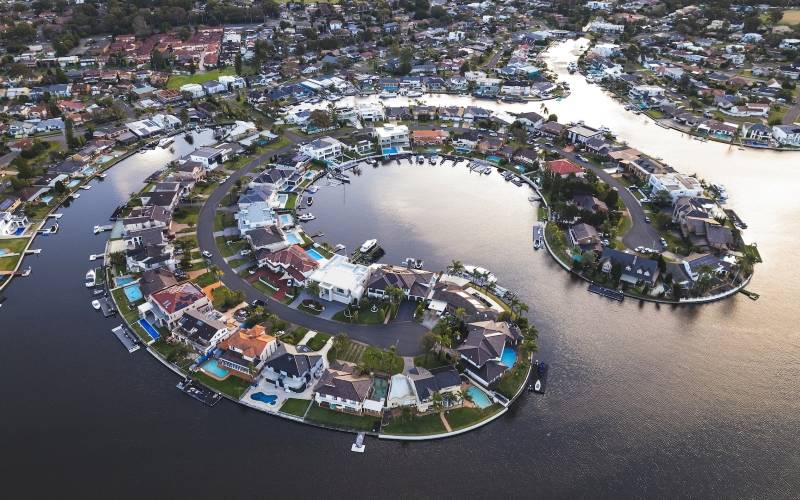Australia’s two largest capital cities are experiencing a surge in property prices, while dwelling approvals have fallen for 23 straight months
RiskWise Property Research CEO Doron Peleg said high population and high demand in both cities were creating a systematic issue with no easy solution.
“The burning problem we have is housing supply imbalances as there are not enough family-suitable properties but there is an outstanding number of units in high rises that are unsuitable,” Mr Peleg said.
“There is a systemic issue of undersupply of family-suitable properties in the high-demand areas of Sydney and Melbourne where there is access to jobs, infrastructure and schools.
“With high population growth in both these capital cities, undersupply of family-suitable dwellings, mainly houses and, to a lesser extent, townhouses will drive property values and is likely to create strong long-term growth in prices.
“What it means is supply has been unable to keep pace with strong demand.
“While there is a large supply of units in high-rise buildings, with many areas affected by oversupply, these are generally unsuitable for owner-occupiers and are largely rental properties.
“This imbalance in dwelling construction has been a major contributing factor to housing affordability challenges, remembering that rental properties and owner-occupied ones are not fully substitute products.”
What’s the solution?
Mr Peleg said new high-rise units built in high-density zones carried a risk of oversupply and construction defects, and investment in outer city rings was vital.
“For the same amount of money, investors can usually buy a house in the middle or outer rings which will present much less risk and more likely to enjoy solid capital gains down the track due to the long-term appreciation of land values,” he said.
“However, to avoid housing unaffordability proper planning must be undertaken for medium density in the middle rings. This is the long-term strategic solution.”
Mr Peleg said lack of planning, regulation and a co-ordinated approach between the federal, state and local governments would lead to further imbalances.
He said overall, investors were more likely to benefit from buying houses in the middle rings and the outlying areas of Sydney and Melbourne, provided there were adequate transport solutions and access to employment hubs.
With around 4% of the population concentrated in the major cities, particularly Sydney and Melbourne, Mr Peleg said this would only serve to drive house prices skyward.
Unemployment in Sydney and Melbourne sits at 4.3% and 4.8% respectively, but in Queensland and Western Australia is at 6.5% and 5.7% respectively.
“Sydney and Melbourne both have strong labour markets and high population concentration and, therefore, house prices will only rise, driving unaffordability,” he said.
“Currently, there are a lack of strategic economic solutions for the other states, for example, the mining states and, therefore, it is obviously the two capital cities will continue to attract higher population concentrations.”

Ready, Set, Buy!
Learn everything you need to know about buying property – from choosing the right property and home loan, to the purchasing process, tips to save money and more!
With bonus Q&A sheet and Crossword!



 Bernadette Lunas
Bernadette Lunas
 Denise Raward
Denise Raward
 Harry O'Sullivan
Harry O'Sullivan
 Harrison Astbury
Harrison Astbury
 Alex Brewster
Alex Brewster

